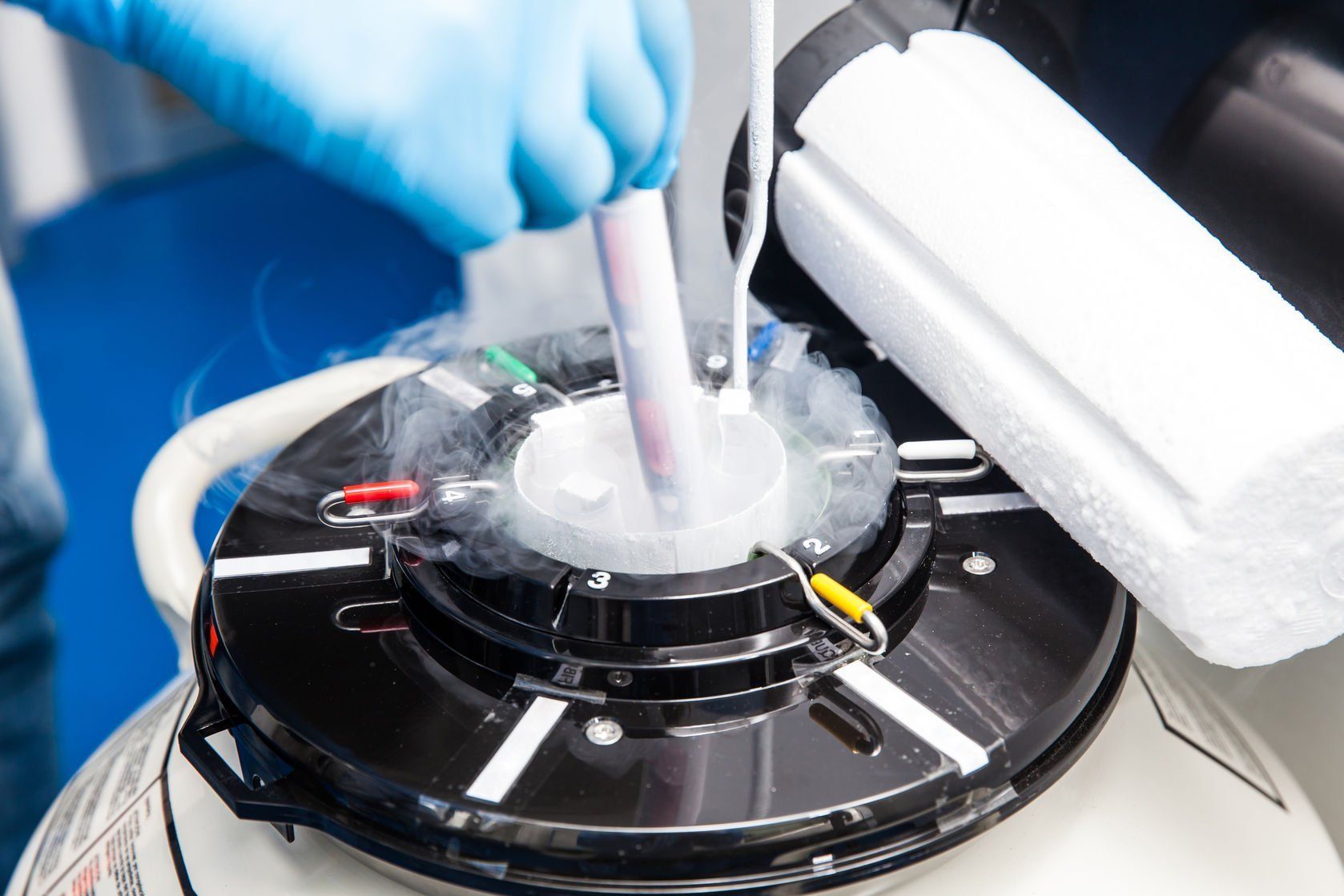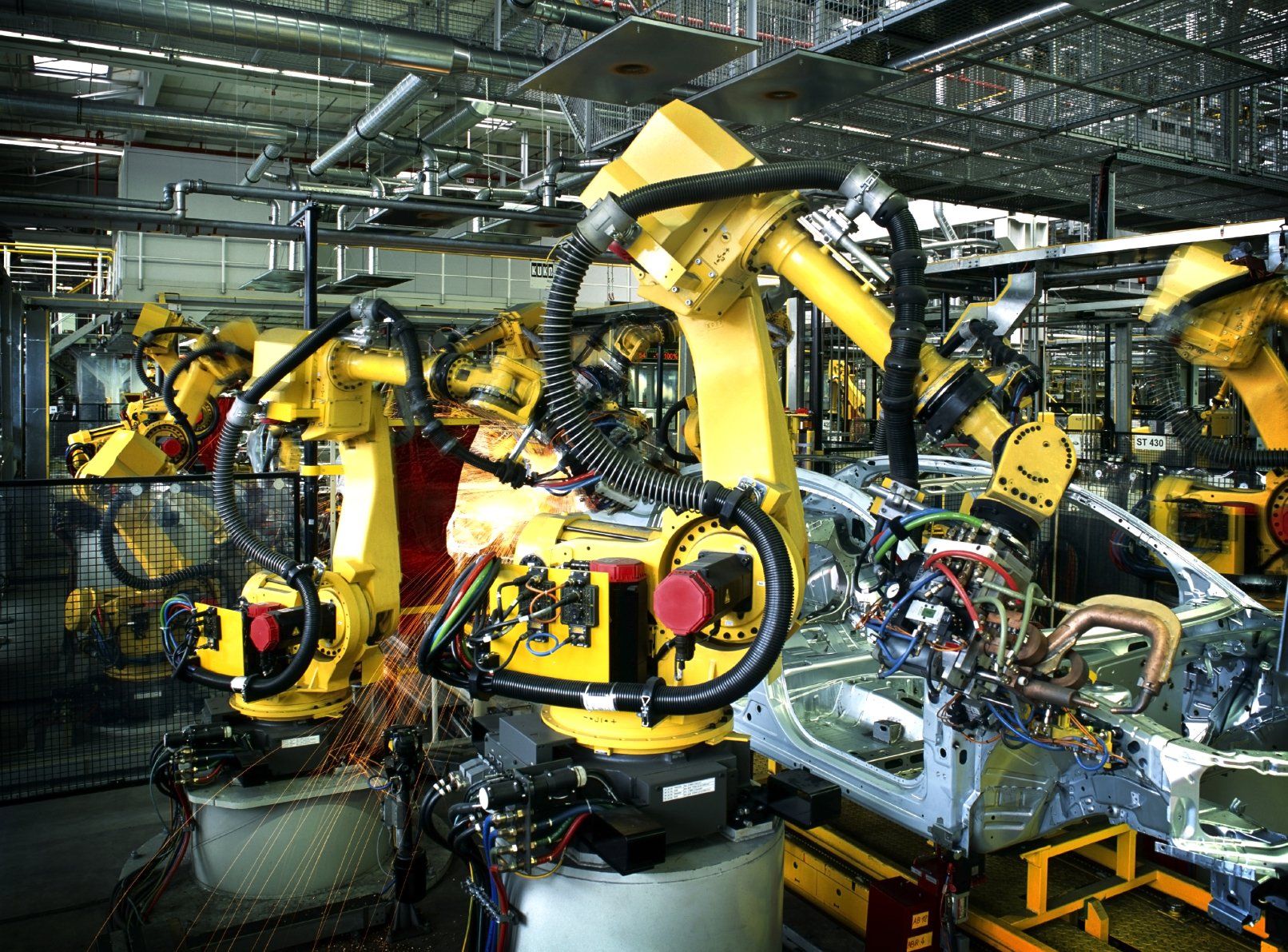Ammonia monitors should be considered where there is a risk of elevated NH3 concentration. Ammonia gas is non-flammable, but because it is mixed with oxygen in certain concentration and could explode if ignited, it is treated as flammable. For more information please see LELSAFE- Flammable (LEL)
& GAS SAFE - multi gas systems.
Ammonia can be toxic and cause irritation and corrosive harm. At 2 hours exposure to 50ppm NH3 you would show of irritation to eyes, nose and throat. Extremely high levels of ammonia can be fatal due to airway obstruction.
To determine if you need ammonia monitoring, a risk assessment of the area and activities should be carried out. If the risk assessment identifies that long term workplace exposure limit (25ppm for 8 hours*) or short-term workplace exposure limit (35ppm for 15 minutes*) are calculated, you require an ammonia monitor. However, a required risk assessment often does not cover specific areas where a leak may occur (such as directly next to NH3 storage tank) and even in situations in which ammonia concentration does not reach life-threatening levels, the effect of NH3 levels on the health of working personnel is still a major health and safety concern.
*Health and Safety Executive, EH40/2005 Workplace Exposure Limits (Fourth Edition 2020) retrieved from https://www.hse.gov.uk/pubns/priced/eh40.pdf











